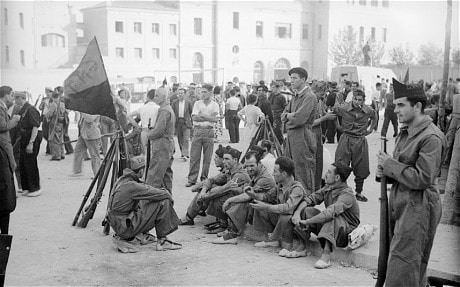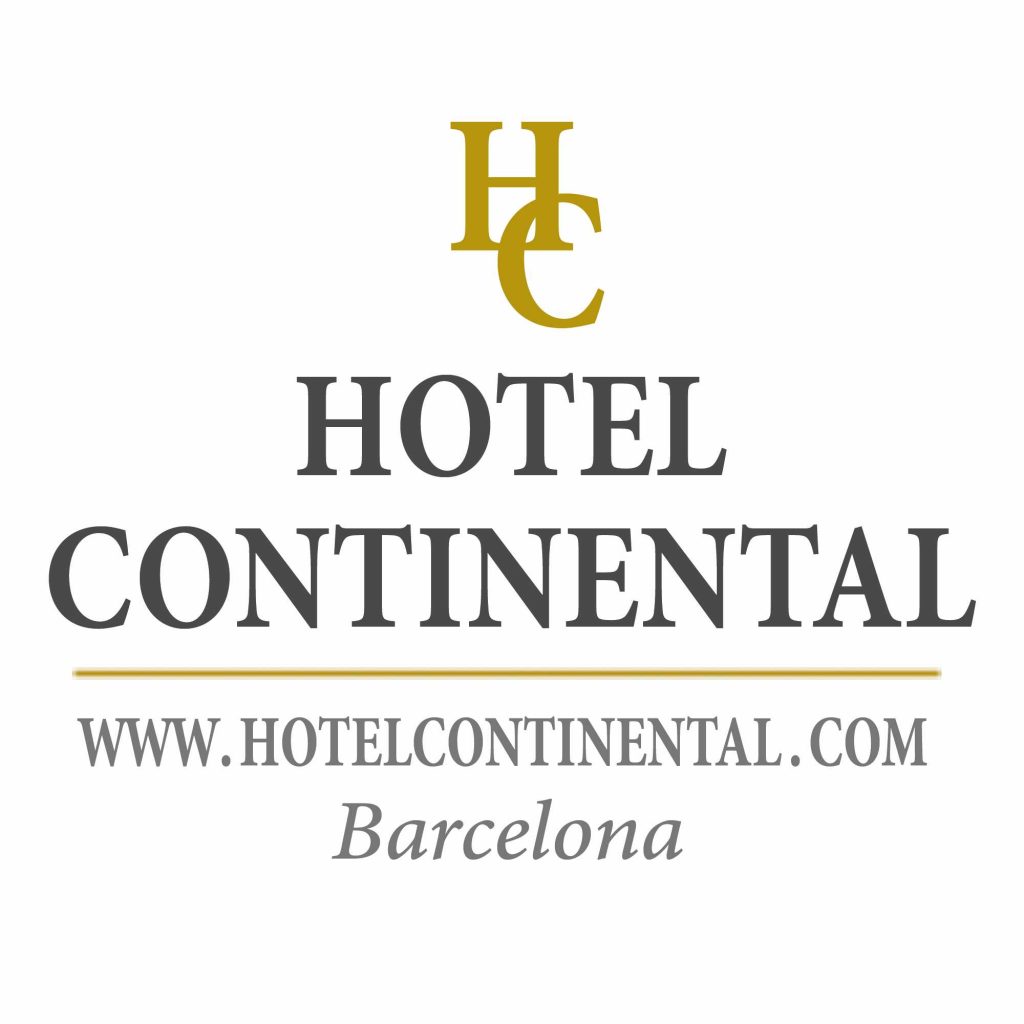Go back in time, a little over eight decades, and Spain was beginning one of the most tumultuous periods of its history. And while visitors coming for the paella, tapas and flamenco might not know all the details, La Guerra, continues to have a long-lasting impact on the nation.
What began as a military coup in 1936 became a three-year civil war resulting in the death of nearly half a million people and dramatically changing the political climate in Spain. While the fighting was essentially two-sided, a battle between democracy and fascism, it was far from that simple. The parties involved were a mix of ideologies and political perspectives including Anarchists, Nationalists, Fascists, Communists and Carlists supported by Italians, Germans, Portuguese, the Soviet Union and Mexico, it was very much a ‘dress-rehearsal’ for the Second World War. The war officially ended in April 1939 with the establishment of a Franco controlled Nationalist government which continued right until his death in 1975.
1. Battlefield Tourism – In 1938, Francisco Franco established an alternative nationalist, Spanish Government, based in Burgos, northern Spain, where he soon after introduced his own currency, the Burgos peseta, as well as a National Tourist Department. This tourist department was soon producing brochures, entitled ‘National Spain Invites You To Visit The War Routes of Spain’. The plan was to use these tours to spin the nationalists’ side of the story to anybody prepared to pay the cost of the one-week excursion. Before long they were inundated with potential punters, and some 42 of these tours took place throughout late 1938, after which an average of 88 tours each year between 1939 and 1945 took place, with the estimated number of participants varying between 6,670 and 20,000.
2. Franco Left In Charge – Despite common belief, Franco was not the originator of the plot and was never intended to lead the country. General José Sanjurjo was the rebels’ purported first choice for head of state, but just days after the uprising began Sanjurjo died in a plane crash. Around a similar time, Republican forces took out several of Franco’s other potential rivals, including monarchist politician José Calvo Sotelo, fascist politician José Antonio Primo de Rivera, and generals Joaquín Fanjul and Manuel Goded. By October 1936, Franco had been named commander in chief of the armed forces and head of the rebel Nationalist government. Then in June of 1937, the technical mastermind of the coup plot and Franco’s final near-equal, General Emilio Mola, died in a plane crash, leaving Francisco Franco firmly and solely in charge.
 3. Writers And Artists Risked Their Lives – Despite known danger, writers flocked to Spain during the civil war, with some fighting on the front lines and others filing articles from such places as the famed literary hotspot, Hotel Florida in Madrid. Author of “The Little Prince”, Antoine de Saint-Exupéry flew his own plane to report on the conflict, while George Orwell survived a bullet wound to the neck during service with a Republican militia, his recory was at the Hotel Continental, where we wrote part of Homage to Catalonia. Poet Federico García Lorca, meanwhile, was assassinated by a Nationalist death squad. Other well-known literary figures in Spain at that time included Ernest Hemingway, Pablo Neruda, John Dos Passos, Langston Hughes, Dorothy Parker, Lillian Hellman, André Malraux and Arthur Koestler. Artists similarly produced numerous memorable works about the war, including perhaps the most notable, “Guernica” painting, by Pablo Picasso, depicting the bombing of a defenceless town by Hitler’s Condor Legion.
3. Writers And Artists Risked Their Lives – Despite known danger, writers flocked to Spain during the civil war, with some fighting on the front lines and others filing articles from such places as the famed literary hotspot, Hotel Florida in Madrid. Author of “The Little Prince”, Antoine de Saint-Exupéry flew his own plane to report on the conflict, while George Orwell survived a bullet wound to the neck during service with a Republican militia, his recory was at the Hotel Continental, where we wrote part of Homage to Catalonia. Poet Federico García Lorca, meanwhile, was assassinated by a Nationalist death squad. Other well-known literary figures in Spain at that time included Ernest Hemingway, Pablo Neruda, John Dos Passos, Langston Hughes, Dorothy Parker, Lillian Hellman, André Malraux and Arthur Koestler. Artists similarly produced numerous memorable works about the war, including perhaps the most notable, “Guernica” painting, by Pablo Picasso, depicting the bombing of a defenceless town by Hitler’s Condor Legion.

